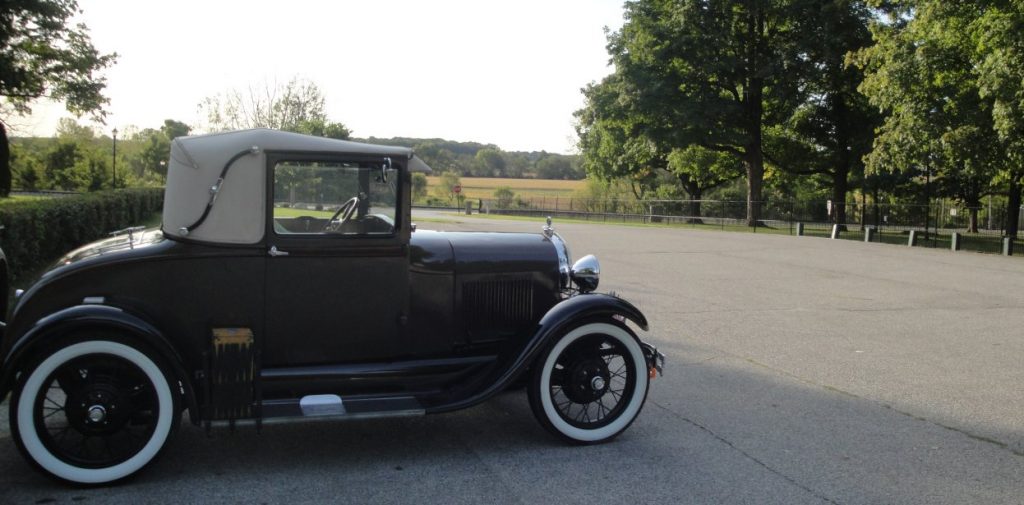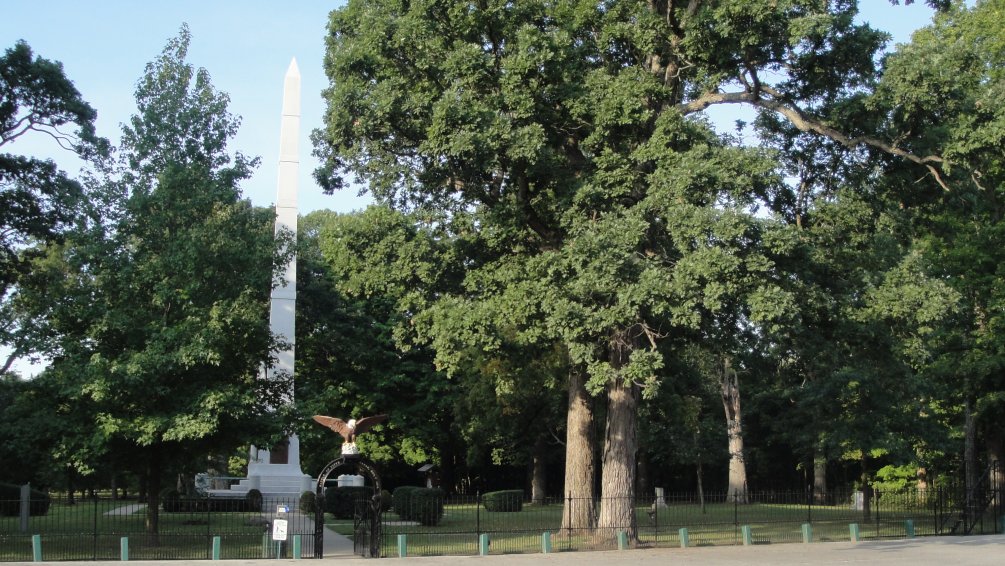
Just outside Lafayette is the Tippecanoe battlefield. This is where William Henry Harrison defeated the combined forces of the local woodland Indians. Not many people were actually involved in the battle, but it was decisive. It was the last time that the Eastern Indians stood a chance of stopping, or even slowing American settlement.
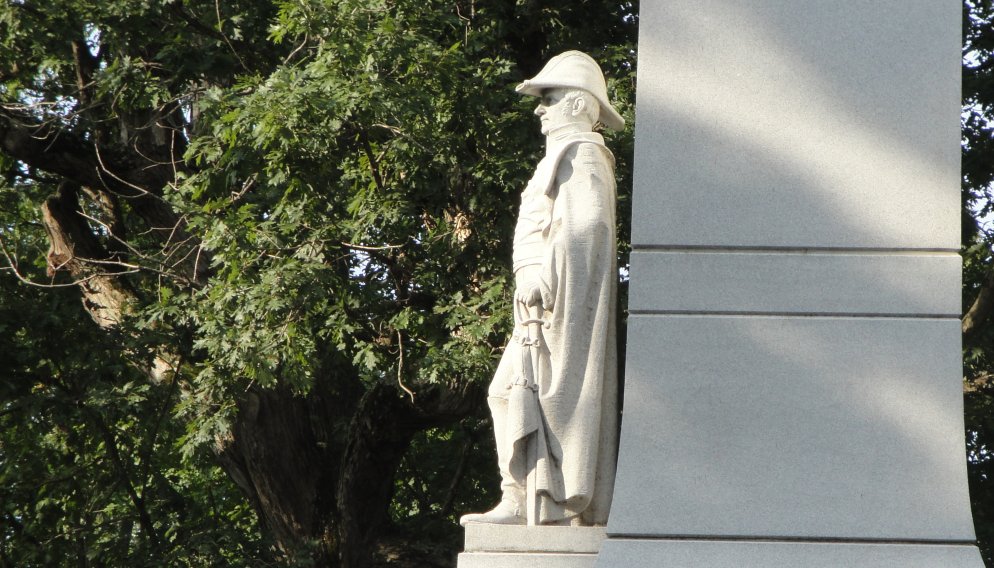
Tecumseh and his brother Tenskwatawa (the Prophet) tried to build a vast Indian confederation to push white men back. But the Prophet moved too soon and provoked the battle of Tippecanoe before the confederation was ready. The Prophet told the Indians that his strong medicine would make it so the soldiers bullets couldn’t hurt them. He was mistaken.
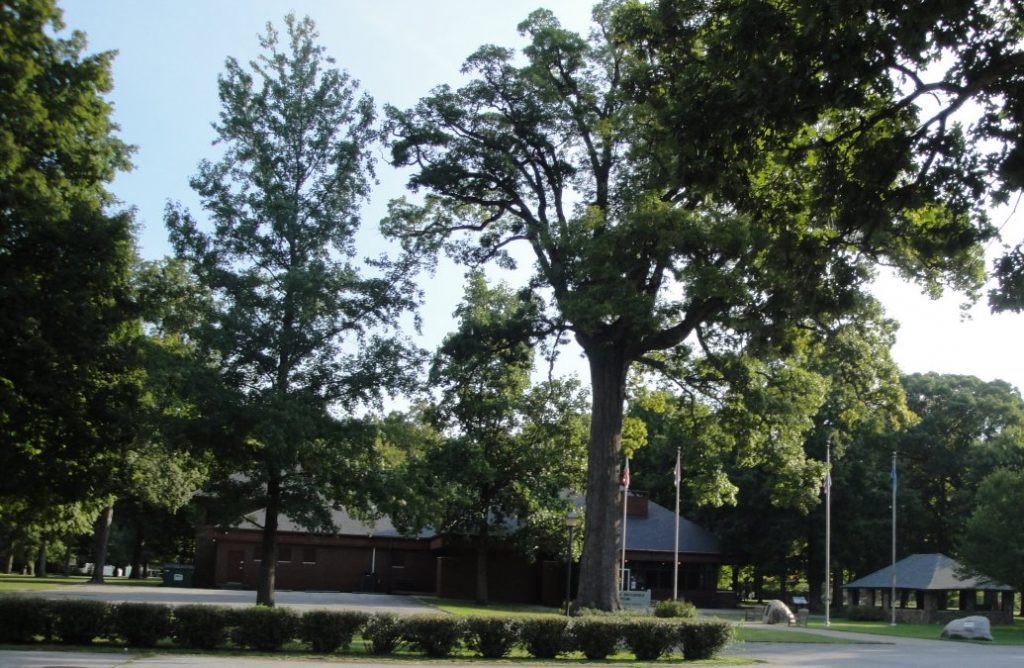
The site of the battlefield is very pleasant. There are lots of big trees, mostly oaks and maples. Look at the shape of that oak tree. Lots of the older trees in the Midwest have that basic shape. I think it might be from growing up with other trees nearby, making the long trunk, and then having them cleared so that the tree is free to branch. Along side is just looking up one of the big oak trees. I just enjoy doing that and thinking about how long they have been growing.
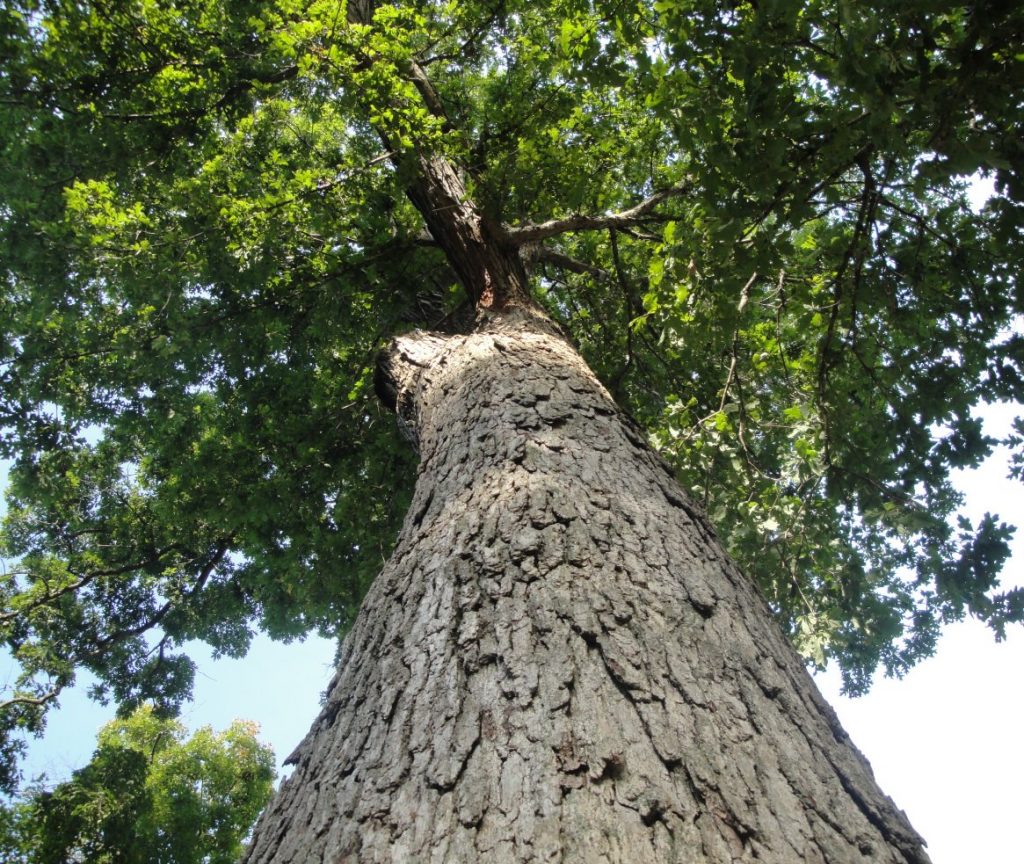
Not many people visit the place anymore, so it was quiet. I walked around a little near a creek the feeds the Wabash. It was a beautiful early fall day with some leaves slowly drifting down.
I heard that there was a lot of construction on I-65 near Chicago, so I took the more scenic, country road route. Between Lafayette & Remington I ran into this forest of windmills. Most were turning.
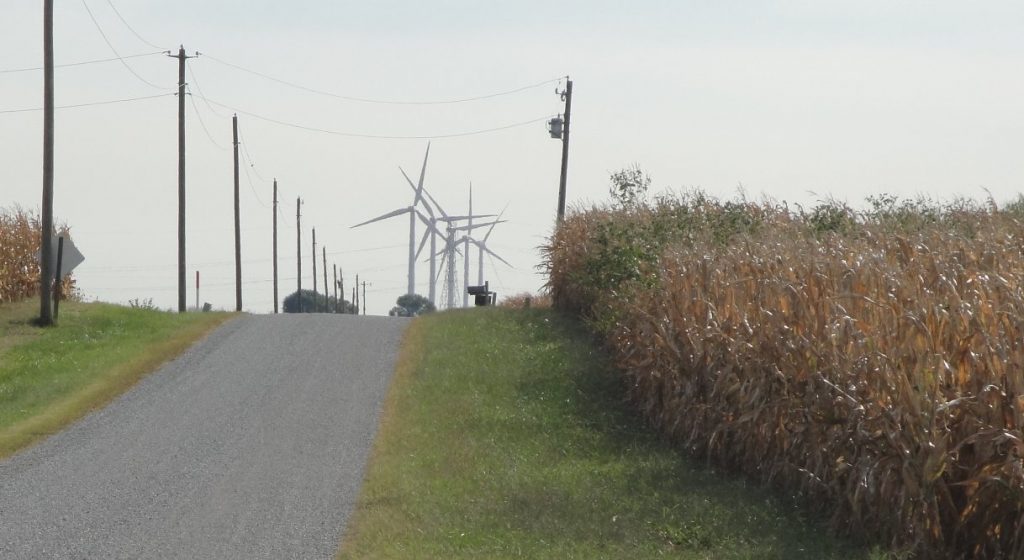
I drove down one of the gravel roads to get the pictures. Gravel roads are still common in Indiana farm country. I guess there really is no need to put asphalt on everything. They make good running trails but are probably hard on the cars’ paint jobs. Below is a landscape scene from Tippecanoe. They were having some kind of antique car rally, so I got the 1929 Model A Ford in the photo.
